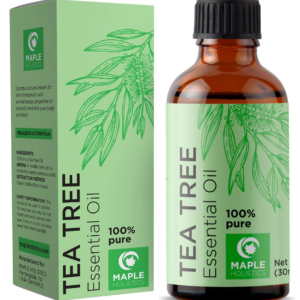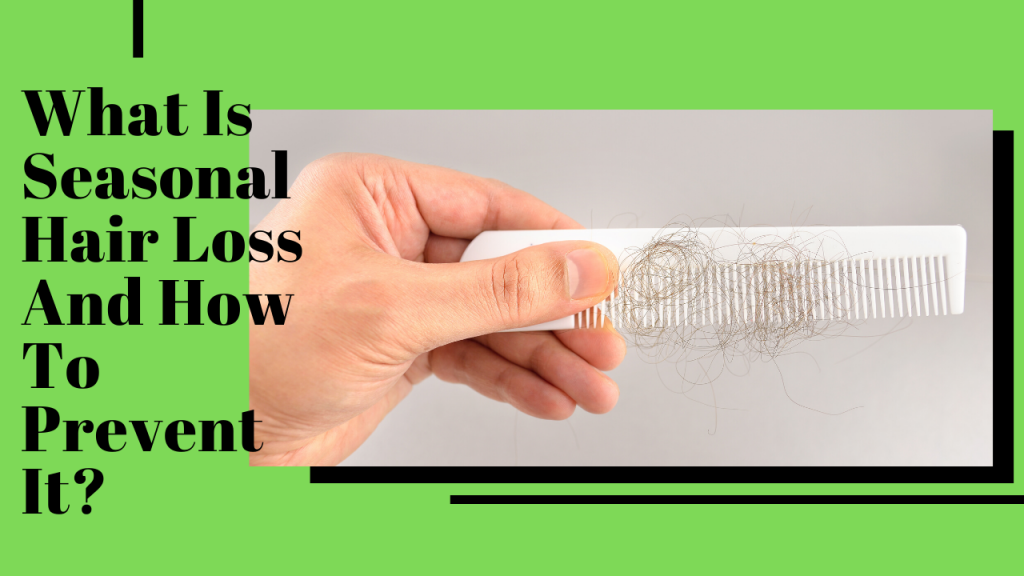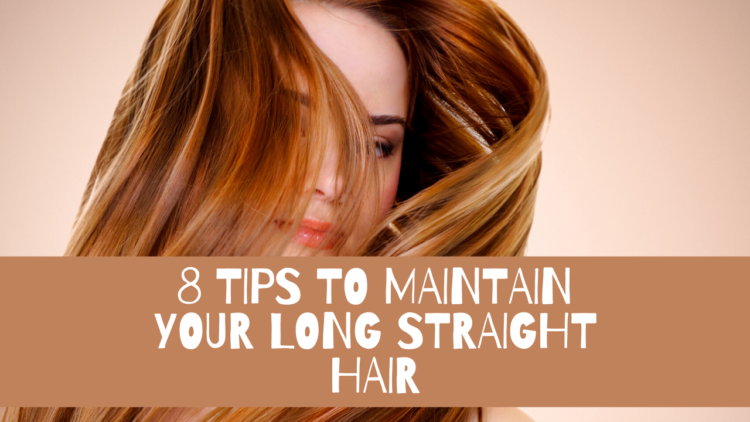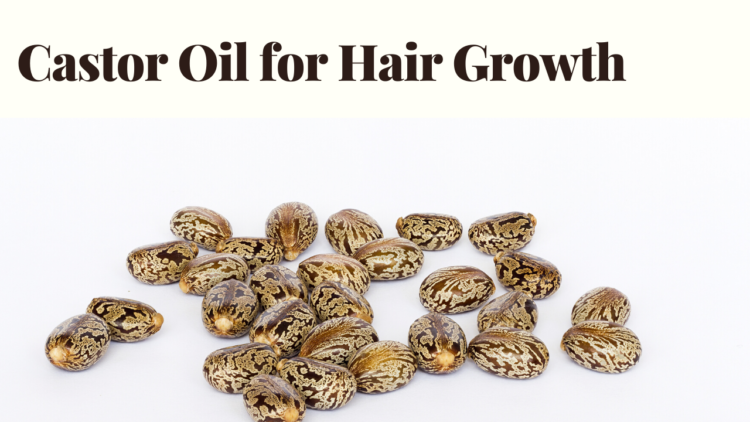Your nails don’t have to be long to be beautiful! If you prefer having short nails to longer ones, you’re at the right place. We’ve put together a very large gallery of nail designs for short nails for the next time you need some DIY or professional salon manicure inspiration and don’t want to have to grow out your short nails! Whether you want a cool, cute, girly, bold, fun, or sophisticated look, you’ll see them all in this article. We guarantee you’ll find the perfect short nail design to match any outfit and for any occasion here!
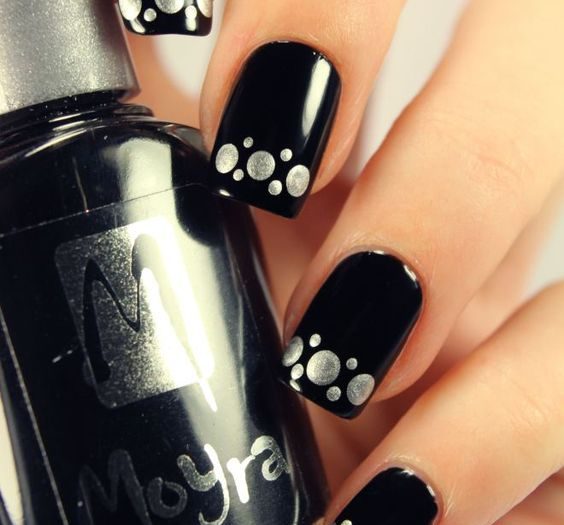
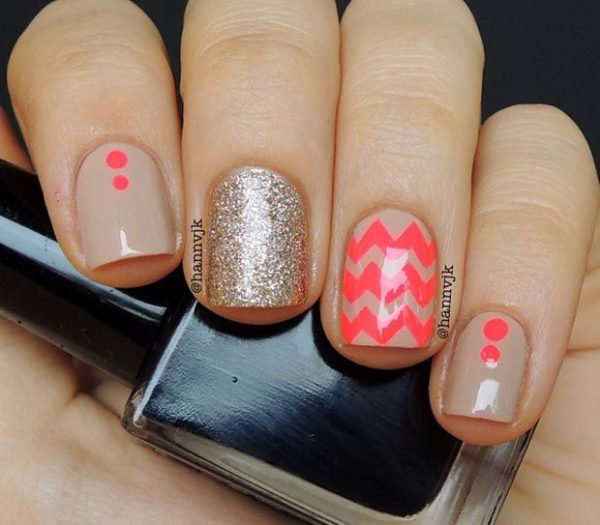
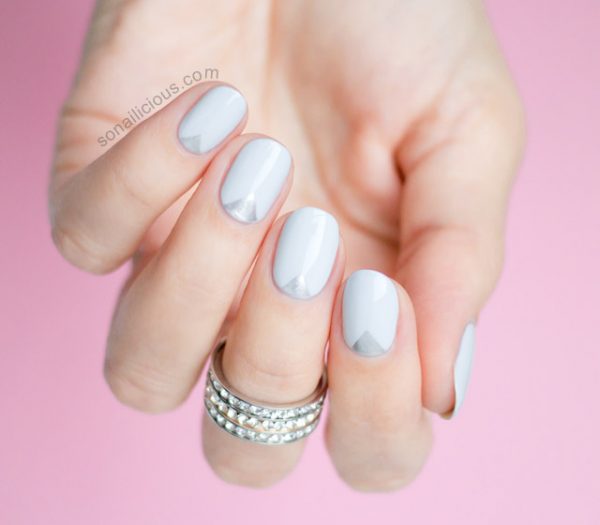
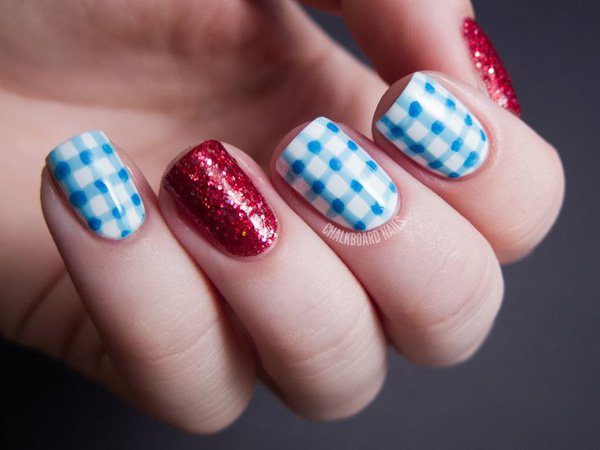
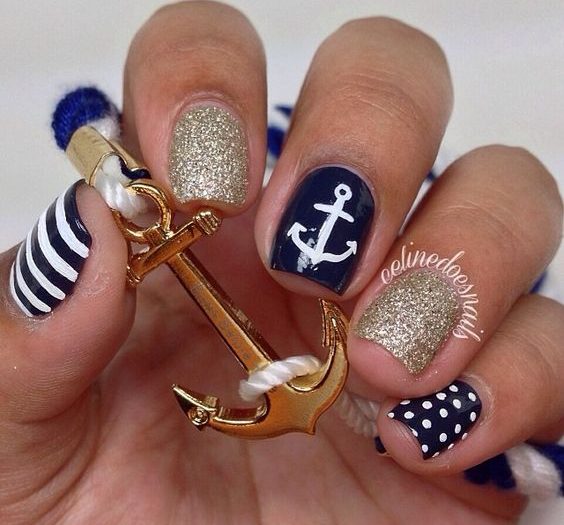
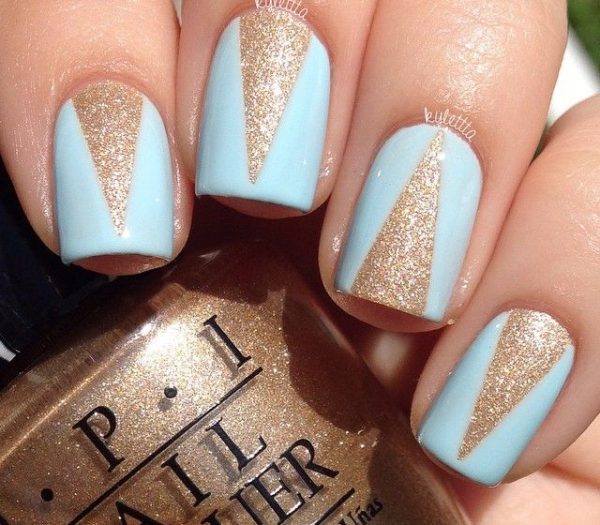
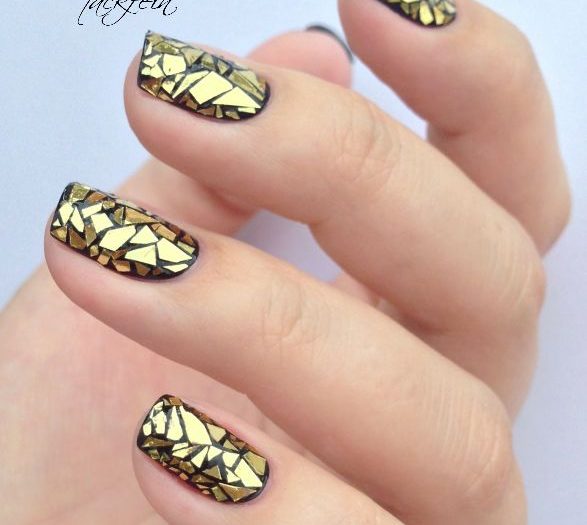
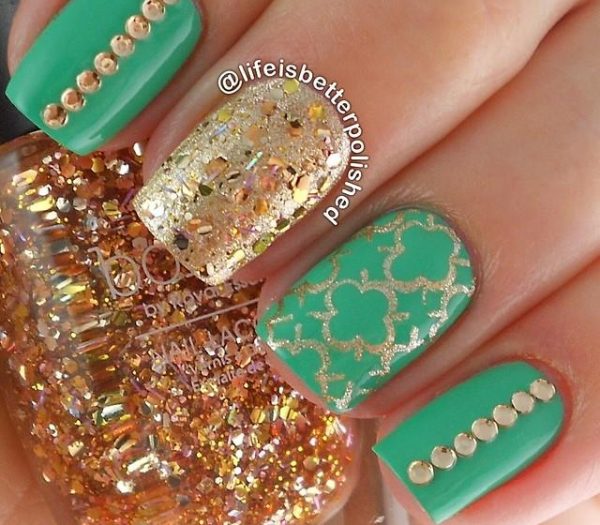
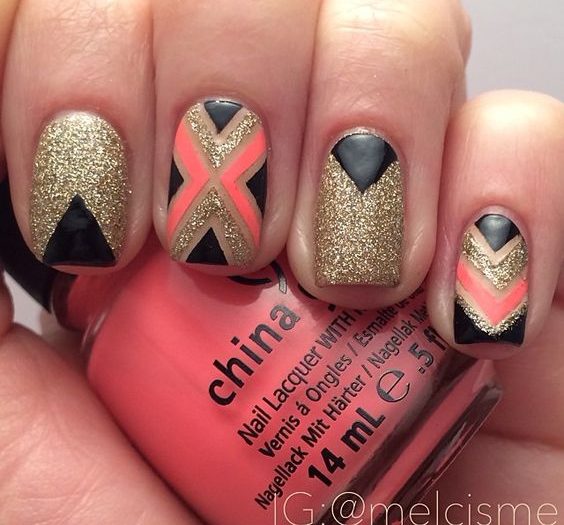
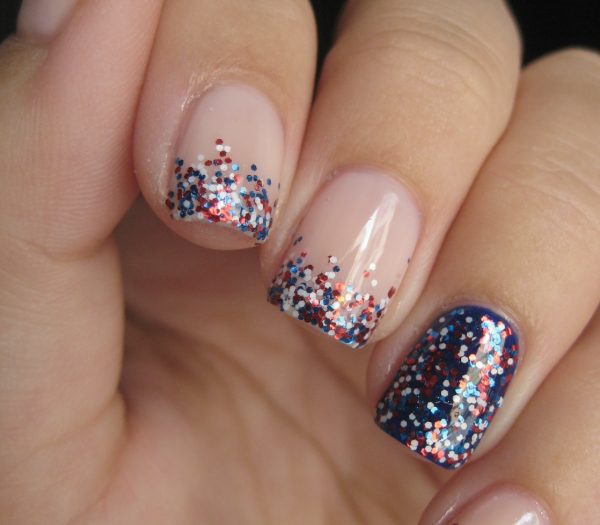
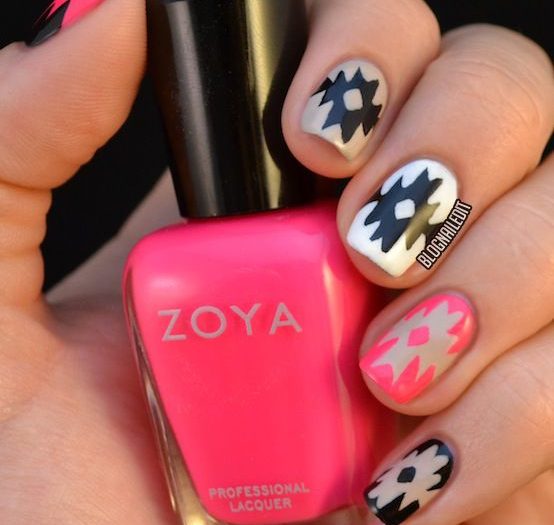
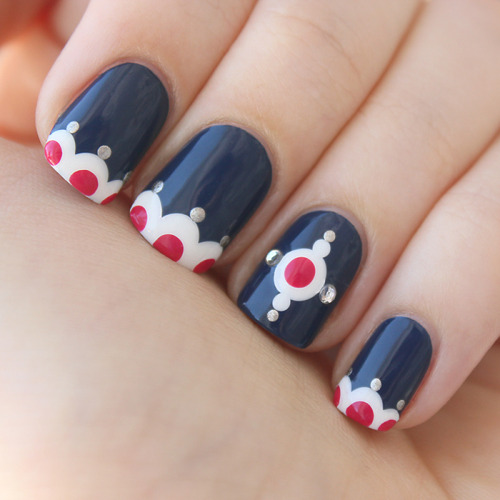
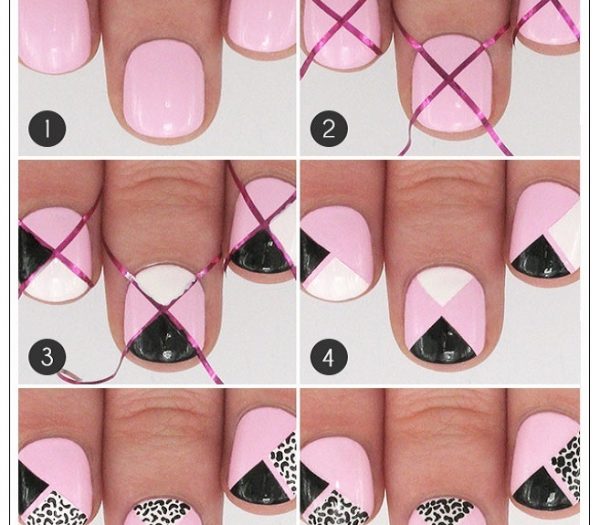
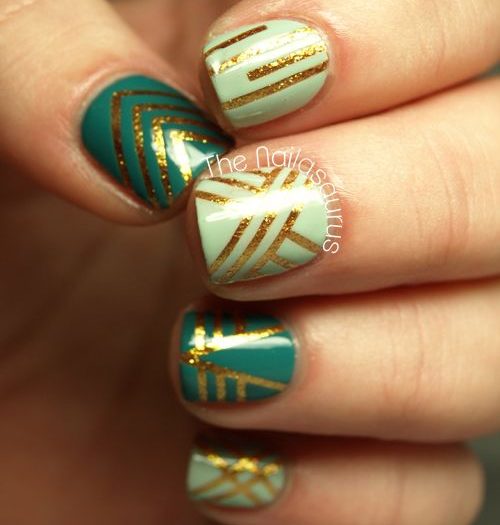
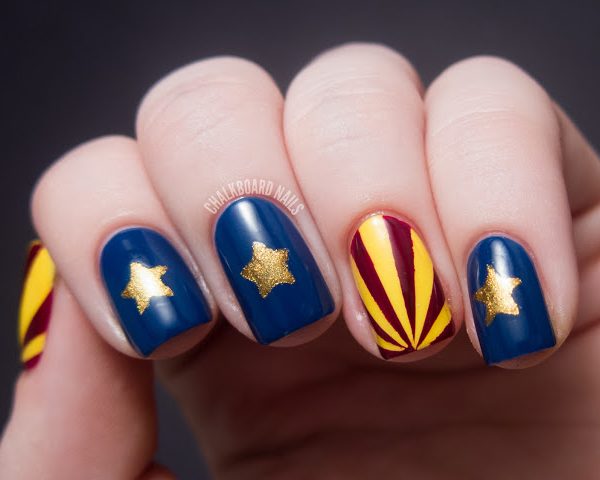
Not enough time for a detailed look? Try these simple nail designs for short nails!
You don’t need to be an artist or have tons of time on your hands to have beautiful and trendy short nails. This section of the article will give you inspiration for easy and quick nail designs for short nails. We’ve arranged the photos by color to make it easier for you to find a look to go with any outfit you’re planning to wear.
Pink and red : Whether you wear nails painted all over in pink or with another color (pink and white, perhaps), pink is such a soft, pretty color that you will always give off a very feminine vibe! Red is a sexy, sultry color that will always make you feel elegant and sophisticated.
Blue and Purple: Blue and purple are great colors separately, but as you will see one of these short nails designs, they look wonderful as a color combination too.
Nude, White, and Gray: These colors are very versatile, especially when you use them on simple patterns like the pictures below. Whether you need to wear them to an important office meeting or out on the town with your girlfriends, you will be good to go with these easy nail designs for short nails!
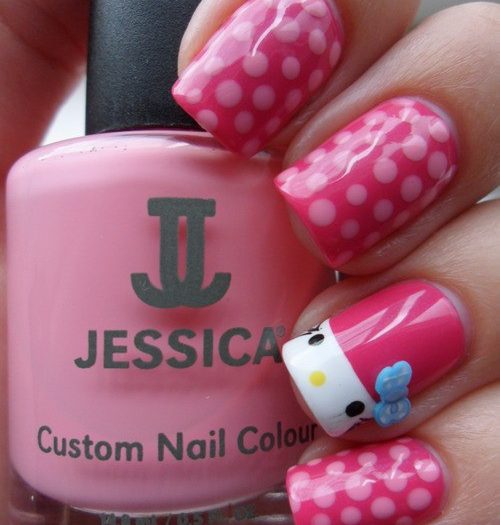

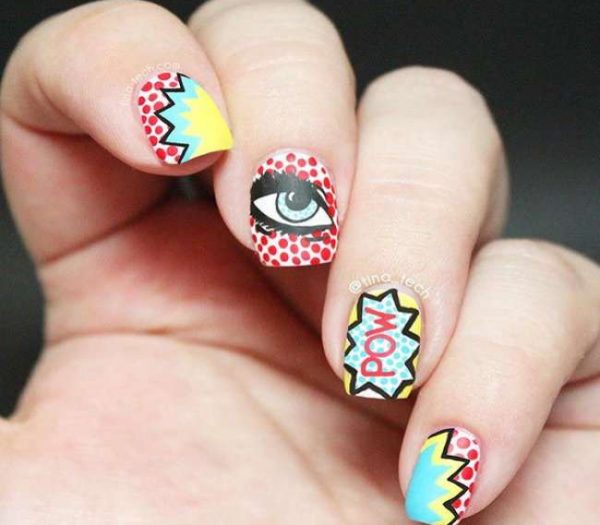


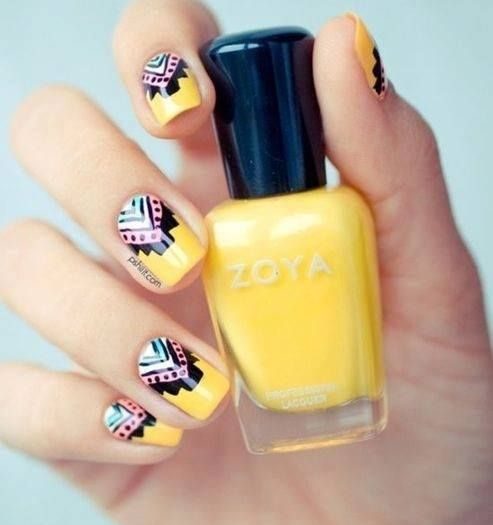
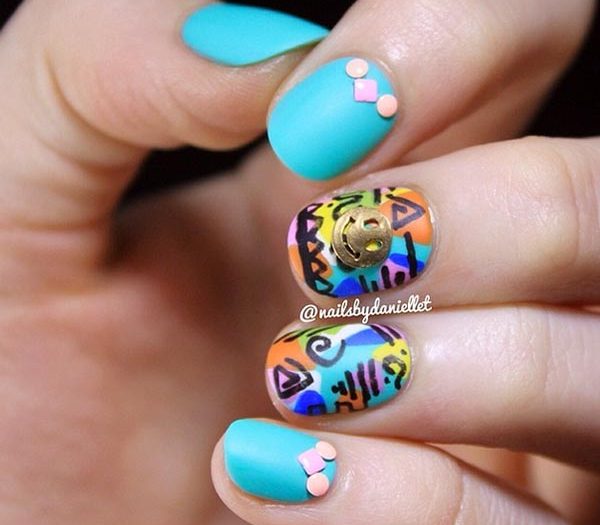
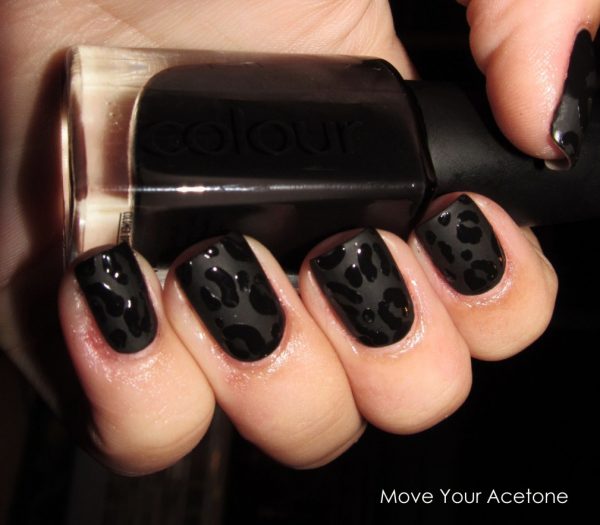
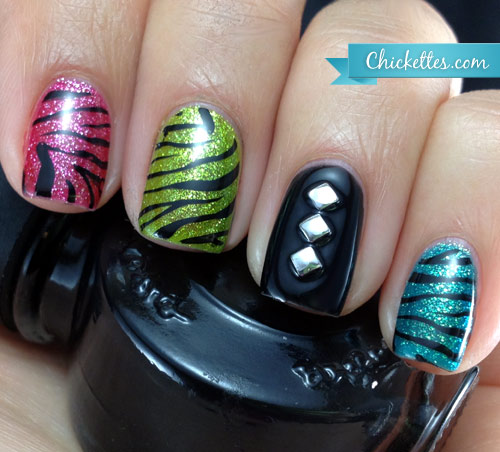
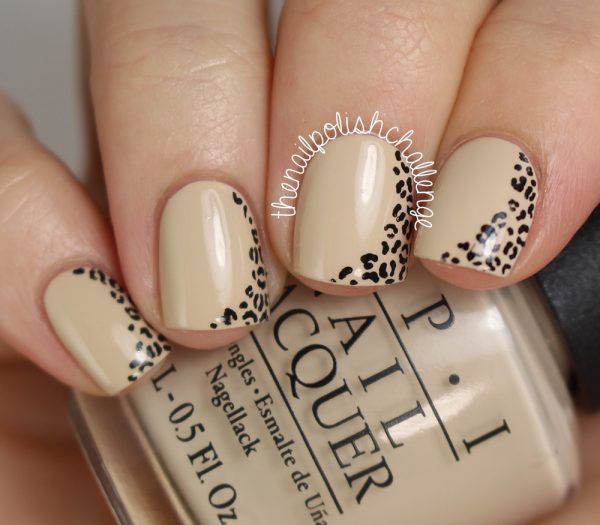
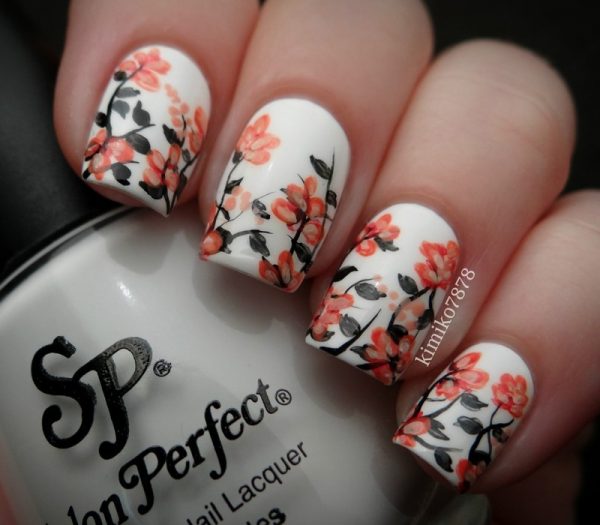

Add some sparkle and shine to your look!
Glitter, rhinestones, and metallic nail polish will add a touch of glam to any short nails design. Use a lot or just a little and you’ll feel rich and luxurious. These pictures offer the full range of sparkly ideas – from using glitter conservatively to going all-out glam with lots of shimmer!
A small amount of glitter or sparkle truly goes far, as you’ll see with these short nails.
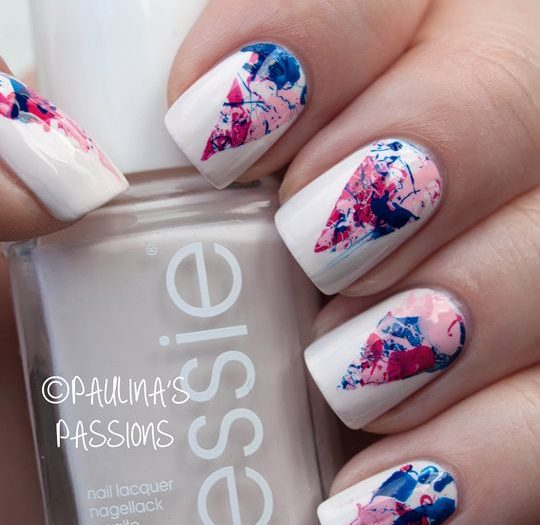

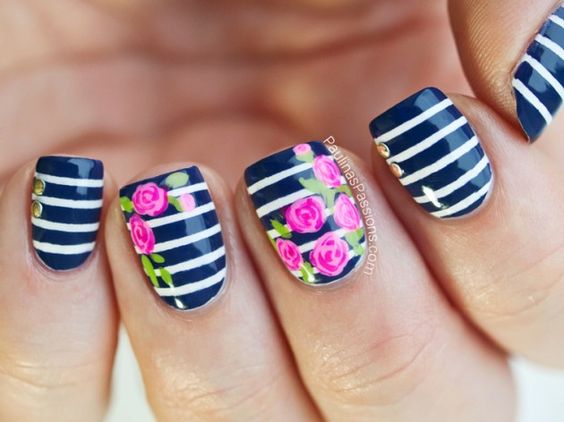
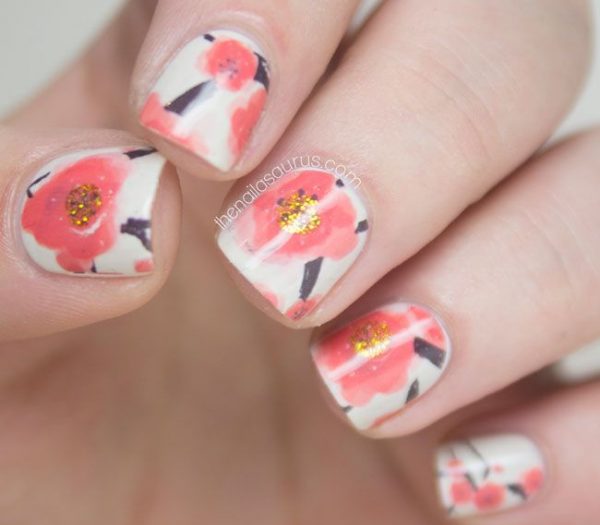
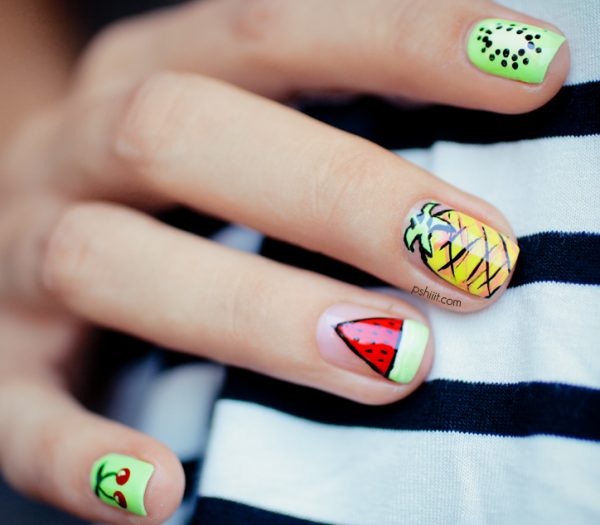
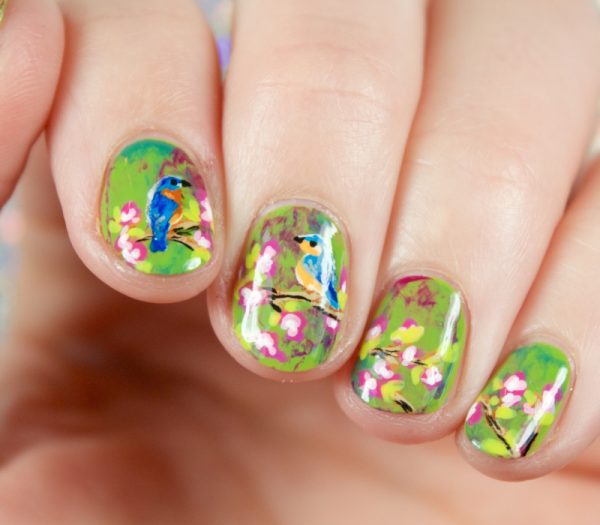
These simple patterns are easy and bold!
In the mood for some easy stripes, polka dots, or zig zags? If your answer is yes, these designs are right up your alley! They’re fun, cute, and very easy to do. You don’t have to be a manicure expert to create these pretty patterns.
These first nail designs for short nails take advantage of simple geometry for a very clean, chic, and modern look.If you have more time on your hands, try these intricate manicure masterpieces
If you fancy yourself to be a nail painting Picasso, try your hand at these nail designs for short nails. They take a bit more time, so be sure you’re not rushing to any important event! You’ll see that all the effort and (maybe) hours spent on your manicure will be more than worth it though, when heads turn and jaws drop at the tiny pieces of artwork you’re wearing on your fingernails.
Here are some short nails designs inspired by bold and intricate tribal prints.
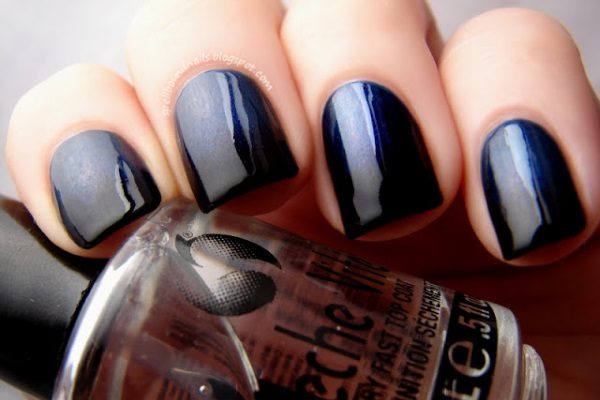
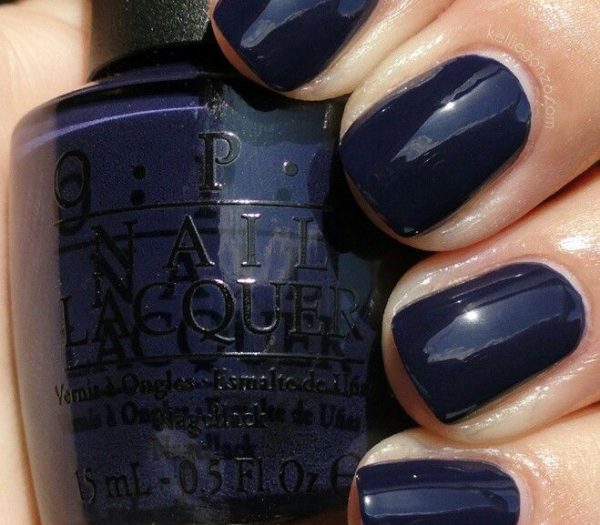
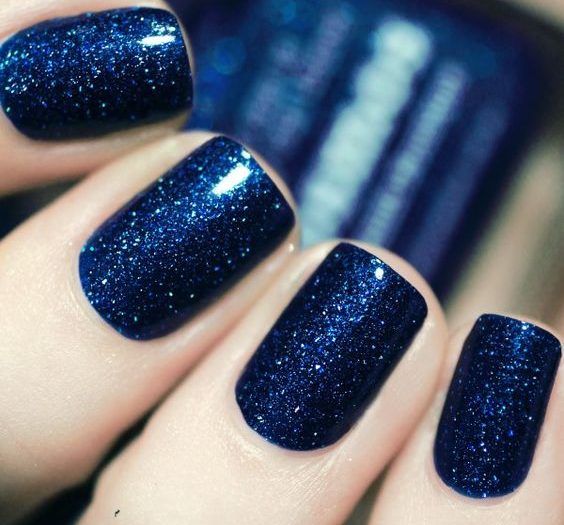
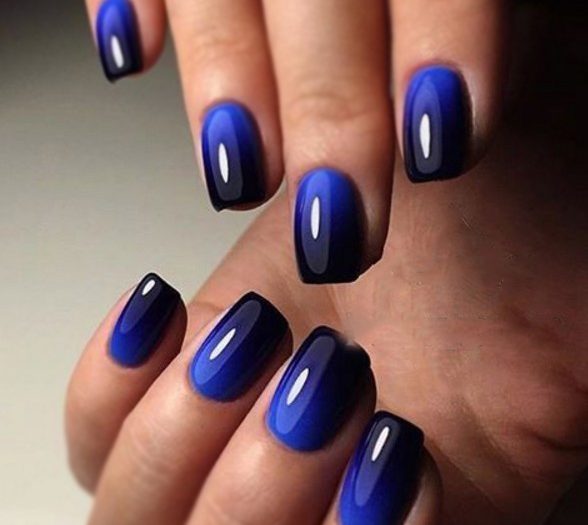




Take a walk on the wild side with an animal print manicure
Sometimes, you need to let out the inner animal in you! Here are some animal inspired short nails for when you want to go a little crazy and take a walk on the wild side.
You’ll feel sunshiney and bright with these floral inspired short nails designs
Whenever you need a feminine touch to any outfit, you should think about painting some flowers on your fingernails! These floral inspired designs will add a very soft and pretty aspect to any overall look. From simple brushstrokes to more complicated floral patterns, we’ve included the whole range of floral nail art designs for short nails here.

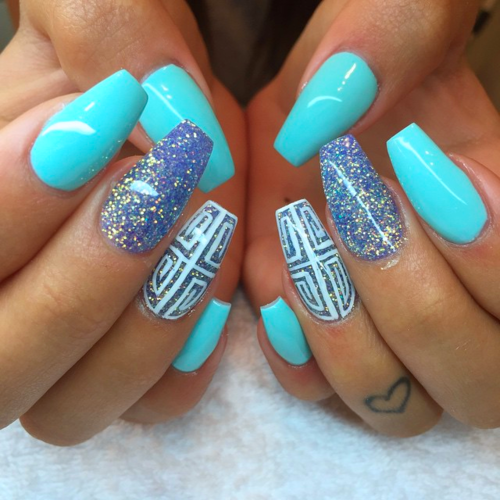
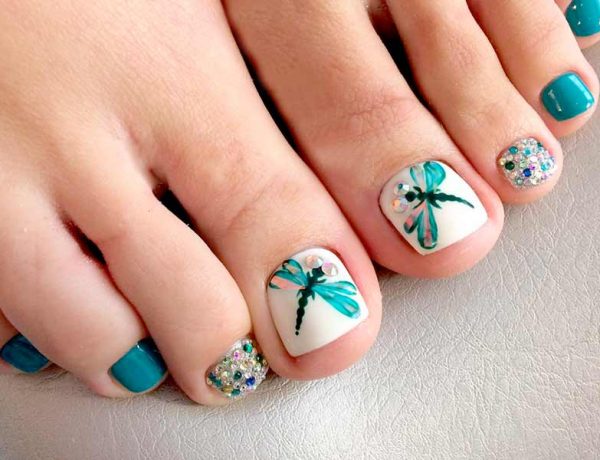
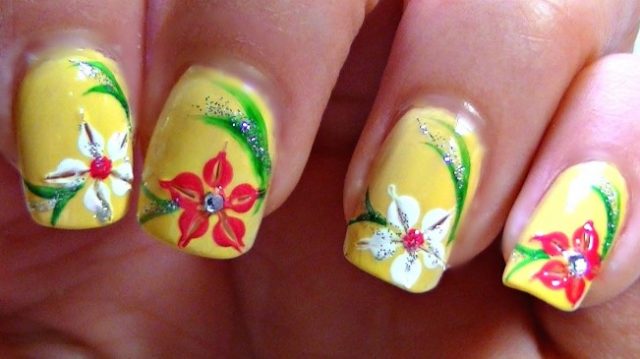
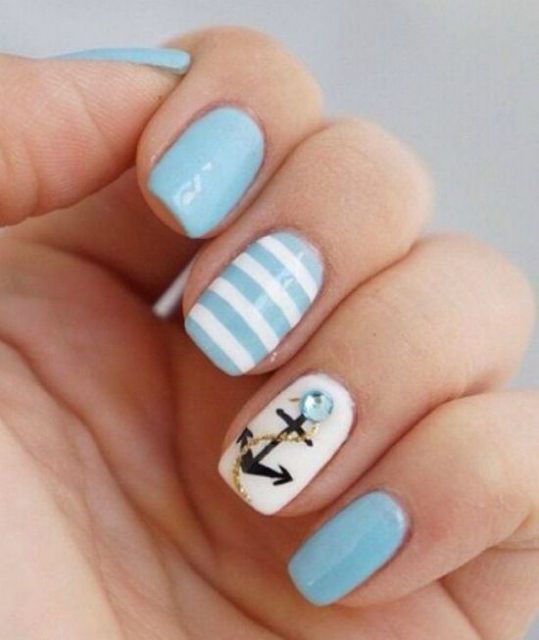

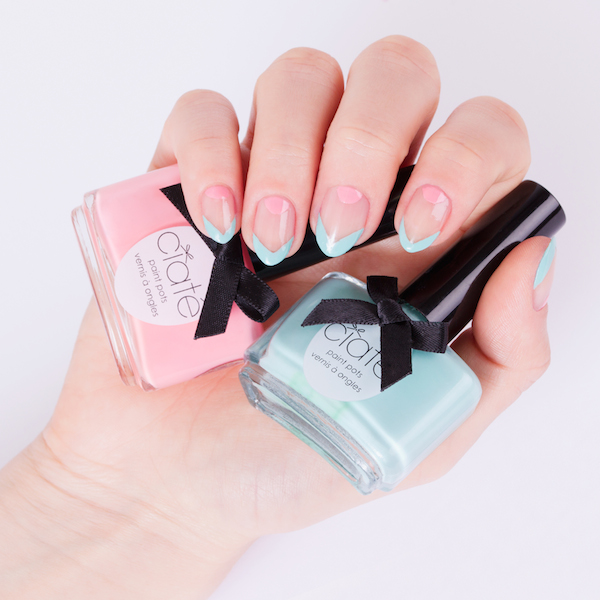
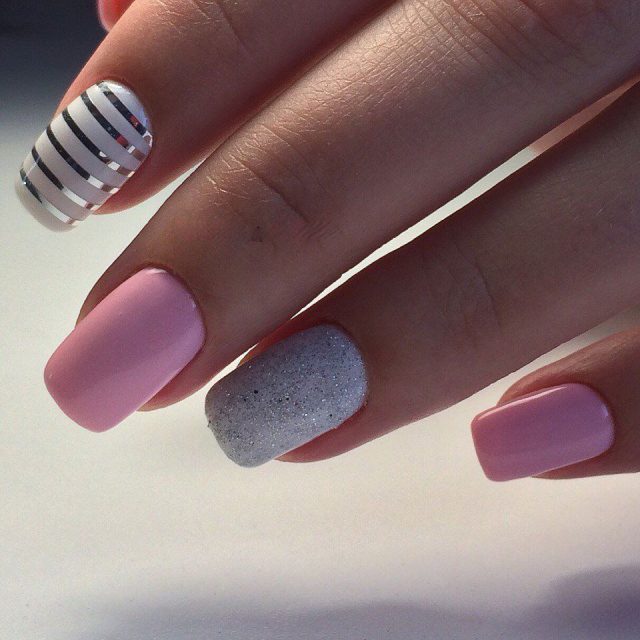
Feeling hungry? Try these fun and crazy food nail designs for short nails
If you want a fun and bright look that will put a smile on anyone’s face, why not paint some fruit on your fingernails? These short nails are youthful and cheerful, and may be the perfect manicures to wear to a company picnic or brunch with your girlfriends. If you’re babysitting and need inspiration for what to paint on little girls’ nails, these short nails would be perfect for them too!
For a playful look, go full color with your short nail design!
Finally, to round out this article, take some inspiration from the rainbow and paint on these extremely colorful designs on your short nails. The boldness of bright color will give an edgy touch to any outfit or overall look.
This colorful gradient look is inspired by the latest Instagram logo! Love it or hate it, it looks great on your short nails, wouldn’t you agree?

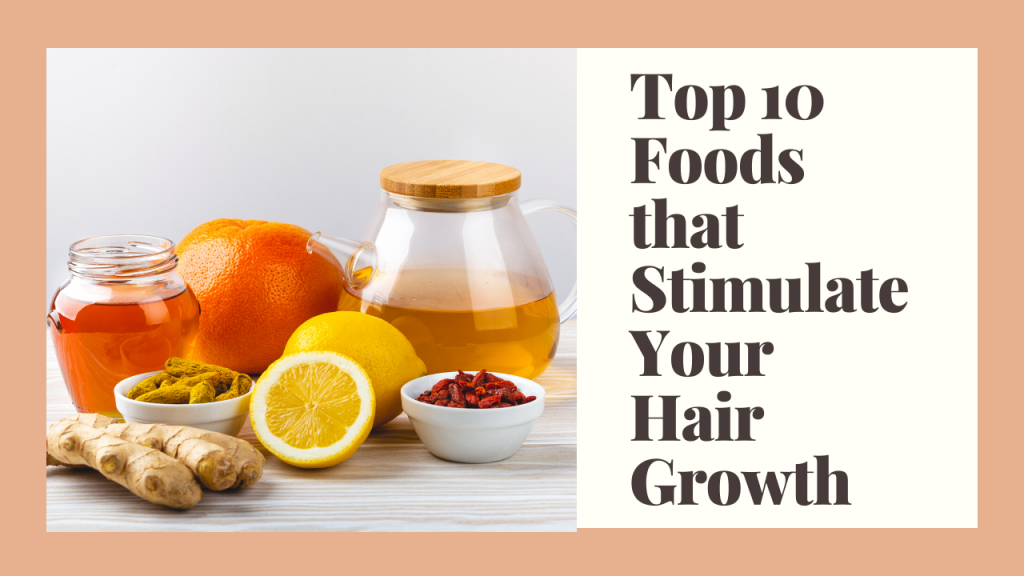

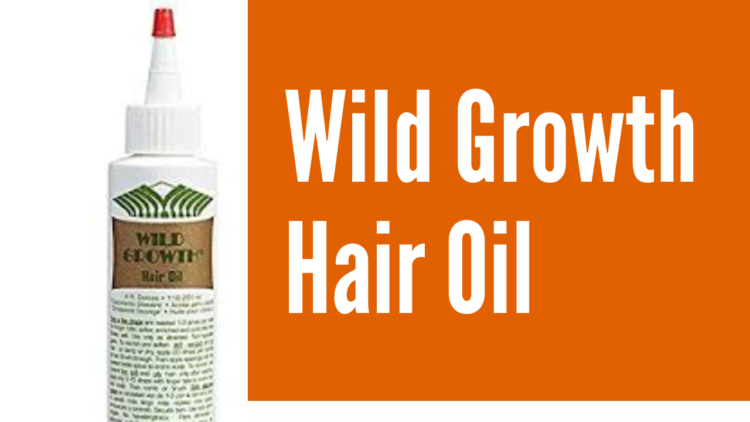
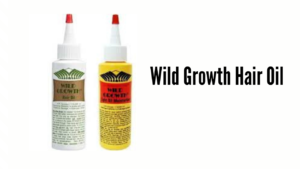
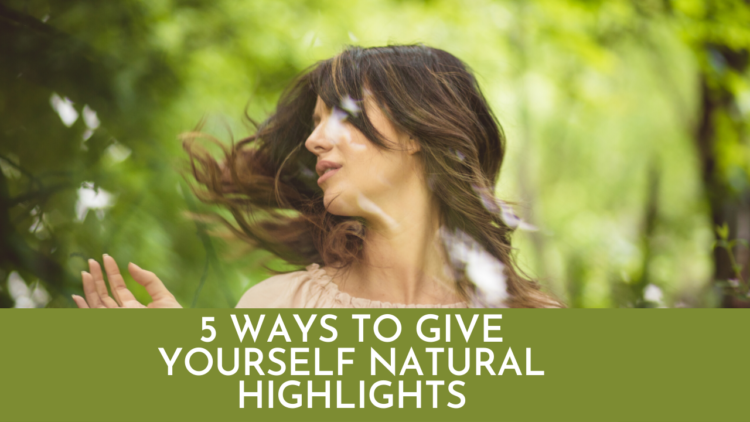
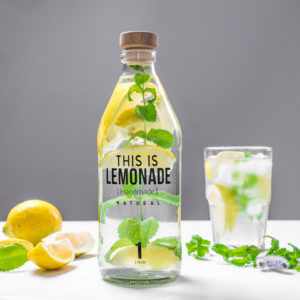
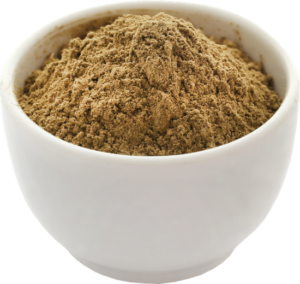
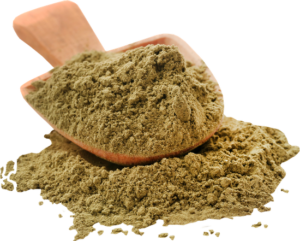

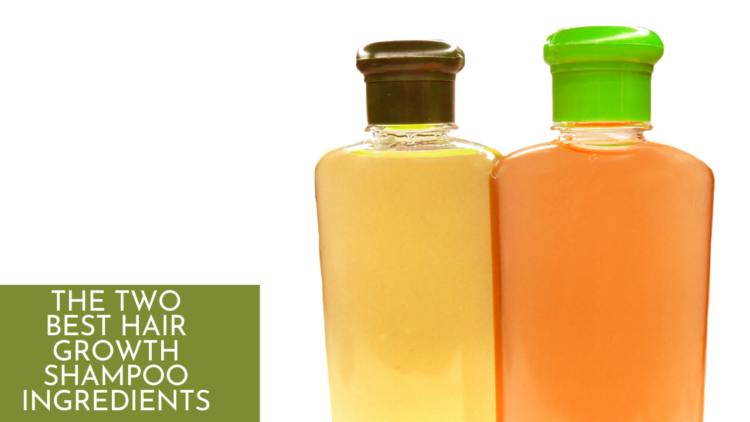
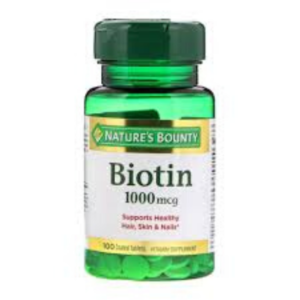
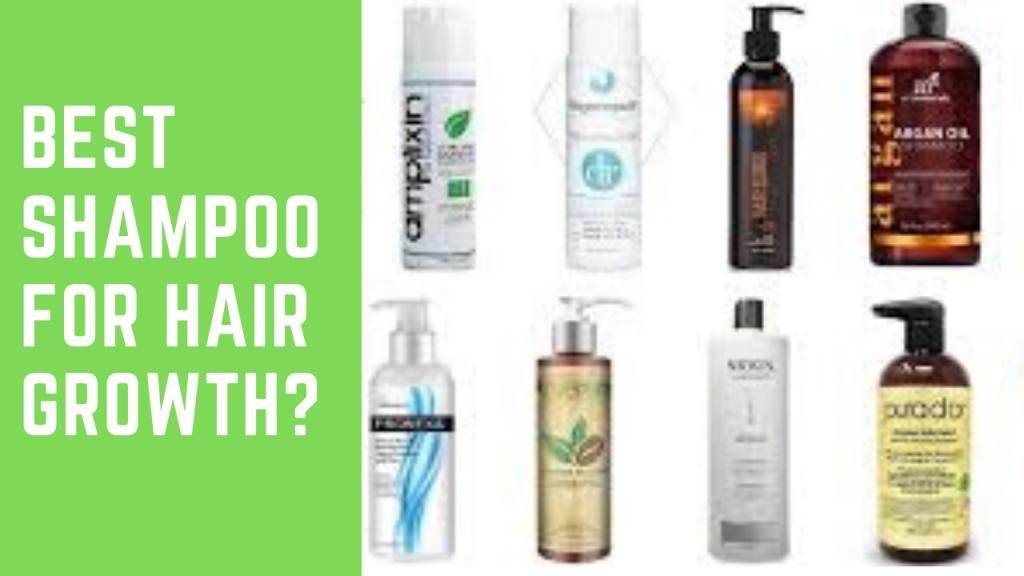
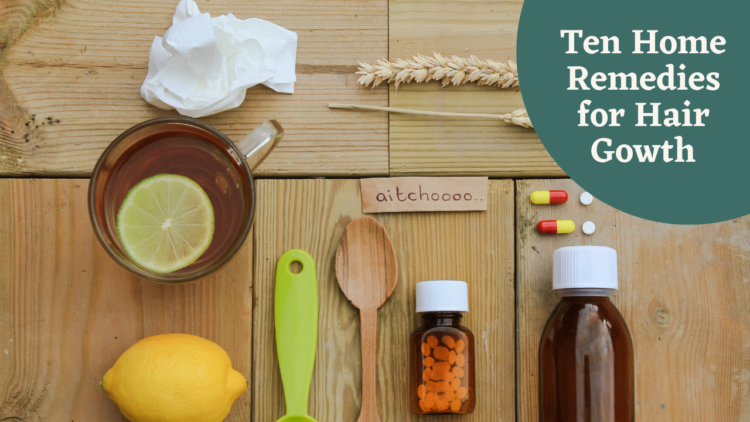
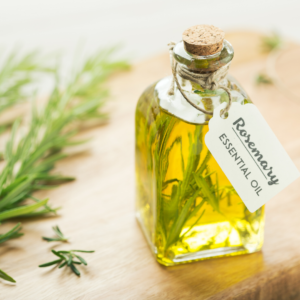
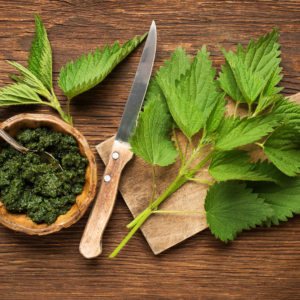
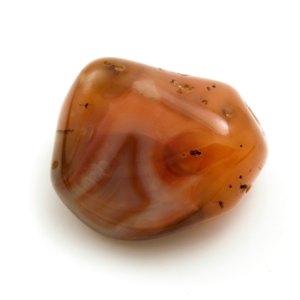 4. The herb ginkgo biloba
4. The herb ginkgo biloba